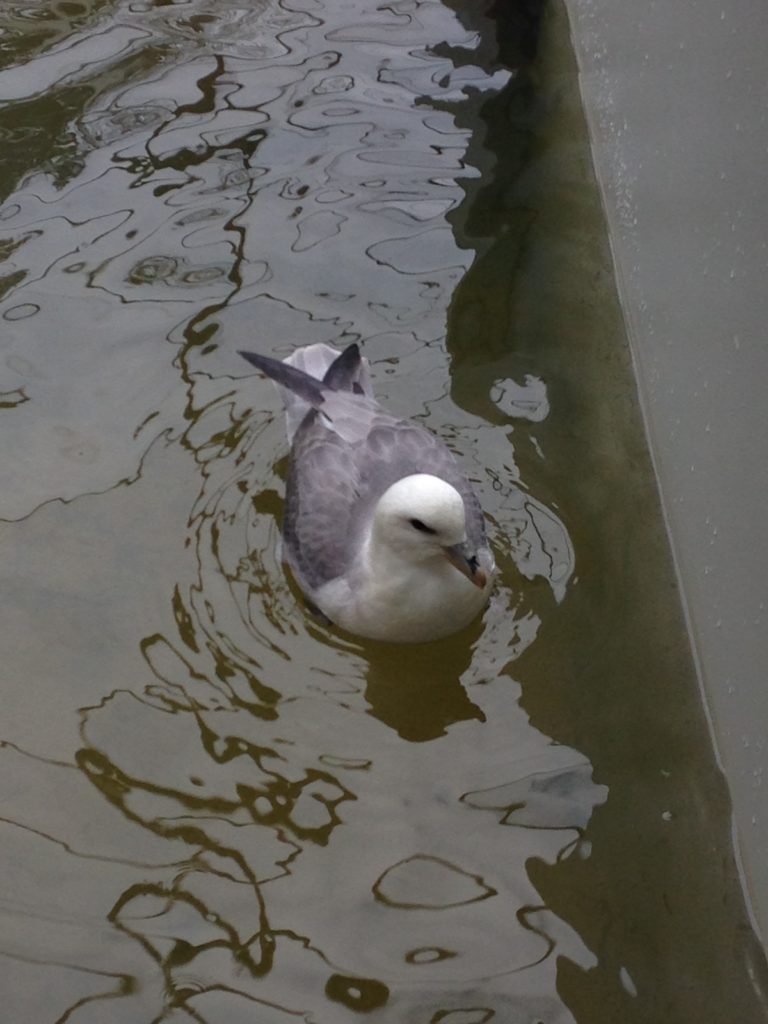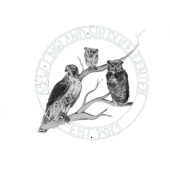
Growing up wild and reaching adulthood and maybe even old age is no easy task. In the natural habitat there is the predator-prey food chain to contend with and unless you are at the top, it’s a constant battle. Add to that all the dangers that humans bring to the mix: loss of habitat and food sources, motor vehicle strikes, and many different types of toxins released into the air, soil and water on a daily basis.
Lead poisoning is a major source of illness and death in wildlife, particularly waterfowl. At the Birdsey Cape Wildlife Center about 80% of our waterfowl have some level of lead in their system. Lead can affect an animal acutely if they get exposed to a high dose or low levels can gradually accumulate in the body leading to a more chronic condition. It is estimated that 20 million animals, including more than 130 differing species die each year from lead poisoning. The lead gets into the ecosystem through paint chips, emissions, industrial products, fishing lures and weights and lead shot ammunition. One shotgun shell could contain hundreds of pellets. Lead remains stable for decades, even centuries, but in some environmental conditions, lead from shot or tackle can be released and taken up by plants and animals. Lead poisoning can effect fish, amphibians, reptiles, birds and mammals. Even humans that eat game meat with lead fragments can become affected when the lead gets degraded by the acids in the stomach and then absorbed into the bloodstream.
Wildlife become poisoned when they ingest lead particles such as spent ammunition or lost fishing tackle when they are foraging for food on the ground or in the water. It can also occur from ingestion of contaminated soil or water. Robins and Woodcocks are at risk when they feed on earthworms in areas of high lead levels. Waterfowl and other seabirds swallow lead fragments accidentally when they eat small stones and grit from the bottom of lakes and ponds to aid in grinding up their food.
Clinical signs of birds with lead toxicity include lethargy, weakness, emaciation, tremors, digestive tract disturbances and seizures. If we suspect any animal of having lead poisoning, we can diagnose it by drawing a blood sample and testing it with our lead analyzer. We also take radiographs to see if any lead fragments are still present in the body. Many times, we find fishing lures, lead weights and lead shot throughout the animal and especially in their digestive system. An animal with lead poisoning can be treated with a chelation therapy of Ca EDTA. This process can take many weeks. The animal also receives fluid therapy, pain medication, antibiotics if required, and may have to be assist fed if they are too weak to eat on their own. Despite our best efforts, we can’t save them all.
What we can do is educate the public and promote safer fishing tackle and ammunition. In 2012 Fish and Wildlife banned all lead sinkers and jigs less than one ounce in fresh water in Massachusetts. Fishing tackle can be made of other less toxic materials like tin, bismuth, steel, brass and recycled glass. Non-toxic shot (ammunition) can be made of steel, tungsten alloy or bismuth. This is required in Massachusetts for hunting of geese, ducks and coot.
What you can do is use non-lead fishing weights, ask your local sporting goods store to stock non-lead fishing tackle and ammunition, and discard your old lead tackle properly.
Please share this information with everyone you know who loves to fish or hunt. You will be saving a life. Also, everyone, remember to discard you fishing line properly. We treat many animals every year tangled in discarded fishing line with broken wings, amputations, and starvation. Again, we try to save as many as we can, but we need the public’s help to try to prevent these injuries.
To learn more about the Cape Wildlife Center or help in our mission, visit www.capewildlifecenter.com or call 508 280 5151. Please visit our gift shop open 7 days a week for another way to help our wildlife.

Recent Comments